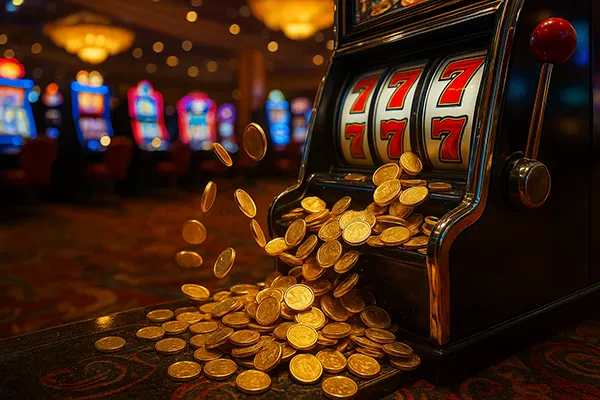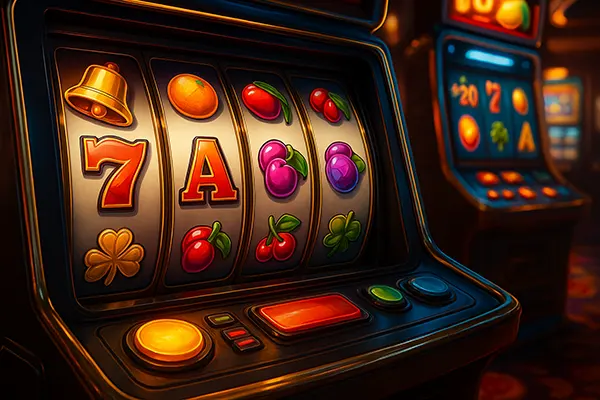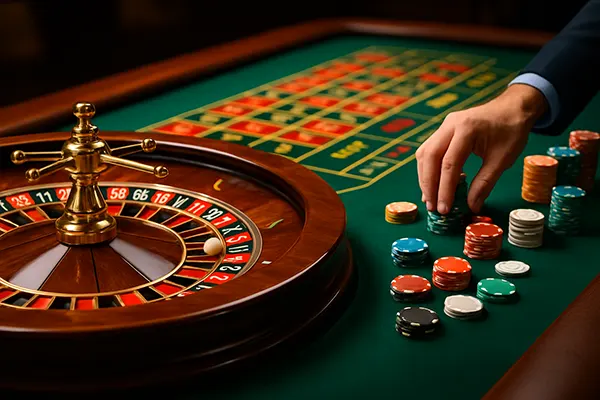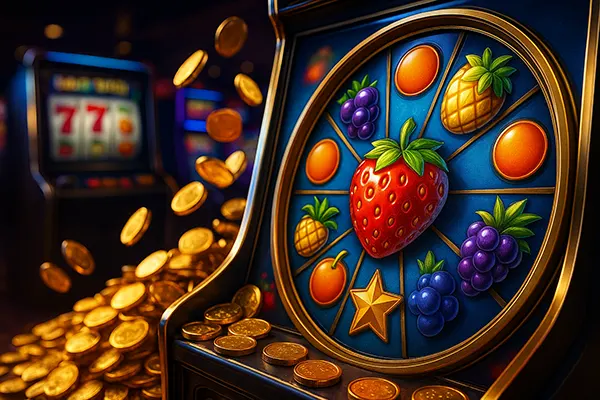
Unpacking the Myths of Big Casino Wins: Truth Versus Marketing
Stories of colossal wins in casinos often go viral, captivating audiences with the dream of instant riches. But how much of this narrative is rooted in truth, and how much is clever promotion? As the gambling industry evolves, it becomes increasingly important to separate reality from illusion, especially for those entering this world seeking more than just entertainment.
The Allure of the Jackpot: More Than Just Luck
When casinos report massive jackpot wins, they’re not just celebrating player success—they’re marketing. A single win of millions can be publicised across multiple outlets, creating a powerful impression that anyone could be next. However, these events are statistically rare. Most players will never come close to winning such amounts, and yet the stories persist, amplified by selective exposure and retelling.
These promotions often omit critical details—how long the winner played, how much was wagered overall, and what type of game was involved. High-volatility games, for example, promise large payouts but at much higher risk. Understanding this context is key to recognising that advertised wins are exceptions, not the rule.
Ultimately, these jackpots serve as brand narratives. The casino doesn’t need everyone to win; it just needs everyone to believe they can. This emotional manipulation, while legal, can distort public perception of gambling outcomes.
How Media Reinforces the Illusion of Frequent Big Wins
News outlets often publish stories of huge casino payouts without critical analysis. These wins make compelling headlines, and casinos willingly provide press releases and even interviews with winners to feed this cycle. The result? An ongoing stream of PR-friendly content disguised as news, reinforcing the myth that large wins are common.
This tactic blurs the line between journalism and marketing. Many outlets benefit from advertising partnerships with casinos, which may influence the frequency and tone of these stories. This presents a conflict of interest that is rarely disclosed to readers.
Players, especially newcomers, often take these reports at face value, not realising that for every winner featured, thousands of losses go unmentioned. Informed gambling means recognising the media’s role in shaping expectations and being critical of such narratives.
Mathematics Behind the Games: The House Always Wins
Every casino game is built on probabilities, with a mathematical edge favouring the house. Whether it’s roulette, blackjack, or a video slot, the design ensures that, over time, the casino earns more than it pays out. This doesn’t mean that individual wins aren’t possible—it simply means they are not sustainable or predictable.
Slot machines, often at the centre of big win stories, have a theoretical return-to-player (RTP) percentage that rarely exceeds 96%. That means, on average, for every 100 kr wagered, the return will be 96 kr—if you play long enough. RTP is often misunderstood or ignored by players chasing a dream.
Casinos rely on this mathematical edge not only to remain profitable but also to fund promotions, bonuses, and jackpots. It’s a fine balance of encouraging play while statistically ensuring long-term gains for the operator. Understanding this framework helps temper unrealistic expectations.
The Role of Randomness and Perceived Control
Many players believe they can “crack the system” by identifying patterns or using strategies. While some skill-based games allow for improved odds, most are purely chance-based. The randomness built into modern machines and digital games is regulated and verified, making outcomes unpredictable.
This perceived control is part of the psychological appeal. When players think they have influence over outcomes, they are more likely to continue wagering. Terms like “hot slots” or “cold streaks” are common in gambling circles, but they lack any scientific basis.
Responsible gaming means recognising the role of luck and not mistaking it for skill. Once a player accepts the unpredictability of outcomes, they are better positioned to enjoy the experience without chasing illusions.

What Casinos Don’t Advertise: The Reality of Losses
For every jackpot story, there are countless untold experiences of losses—some minor, others devastating. While casinos operate legally and within regulatory frameworks, their messaging often downplays the risks involved in favour of highlighting exceptional successes.
Gamblers who fall for the illusion of easy money may find themselves spending far more than intended. Many of these individuals do not consider gambling addiction or financial mismanagement until the consequences are apparent. It’s a problem that casino marketing rarely addresses directly.
Transparent and balanced information about losses is rare in the public-facing material of gambling operators. Yet, understanding the frequency and scale of such losses is crucial to making informed decisions. This information should be as visible as promotional banners and bonus offers.
The Importance of Transparency and Regulation
In response to growing criticism, some gambling regulators have introduced measures aimed at ensuring transparency. These include limits on bonus terms, mandatory display of RTP rates, and clearer rules about withdrawal and wagering conditions. However, enforcement and communication vary greatly between jurisdictions.
Players should familiarise themselves with the regulations in their country and choose operators that clearly outline the odds and risks. Tools such as self-exclusion, deposit limits, and loss tracking are increasingly available but often underutilised.
Ultimately, it’s the informed player who can distinguish between a realistic opportunity for entertainment and a narrative constructed to drive profit. Staying critical, understanding the systems in play, and recognising promotional strategies are the best defences against being misled by myths.



